A wise connoisseur of horology once said: it’s not a sin to buy a watch for 25 000 dollars, but it’s a sin to buy a watch because it’s worth 25 000 dollars.
Watch collecting is both art and science. But to truly become a good watch collector, you need to look beyond the dollar value of rare timepieces and appreciate the legacy of good watches. As Hong Kong’s top watch collector Carson Chan puts it, every budding watch collector must train their eyes and build up knowledge on watches in order to become a connoisseur.
Here’s why the best watch collectors focus on knowing who’s who and not how much:
5 Reasons why the best watch collectors focus on who, not how much
-
A good watch is not defined by cost, but by who’s behind it
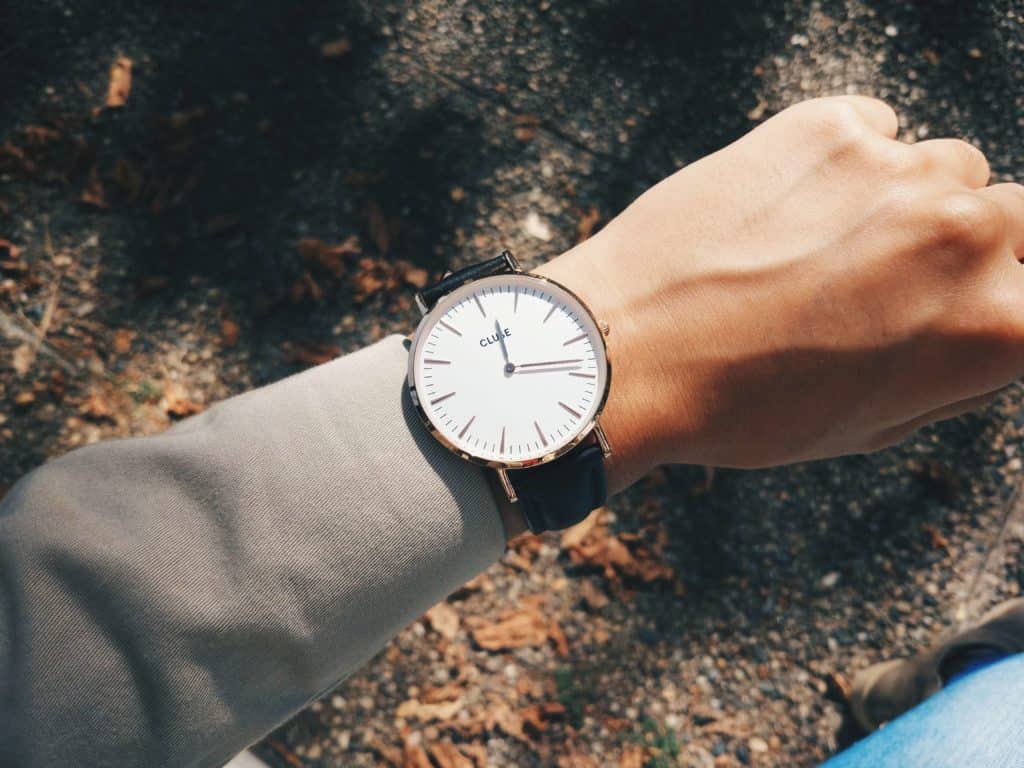
Back in the day, assembling a collection of designer watches took considerable investment. Watchmaking was left to a small handful of well-recognised brands, and getting even a single timepiece was expensive by today’s standards.
Today watches sold at less than 1000 dollars can earn you a higher return on investment than pricey legacy timepieces, if they originate from particular designers.
Some of these designers have been established for less than 5 years, but their watches may sport difficult watchmaking techniques that date back centuries.
This relates to a watch’s provenance, or “backstory”.
Just as watches from certain designers are valued more than others, watches previously owned by celebrities also possess a far higher value than their counterparts.
A regular Omega Seamaster Planet Ocean, for example, costs around 6 300 Singapore dollars; the version won by Daniel Craig in Skyfall fetched 254 273 US dollars at a Christie’s auction[1].
-
Watchmakers are the constant in a sea of hype
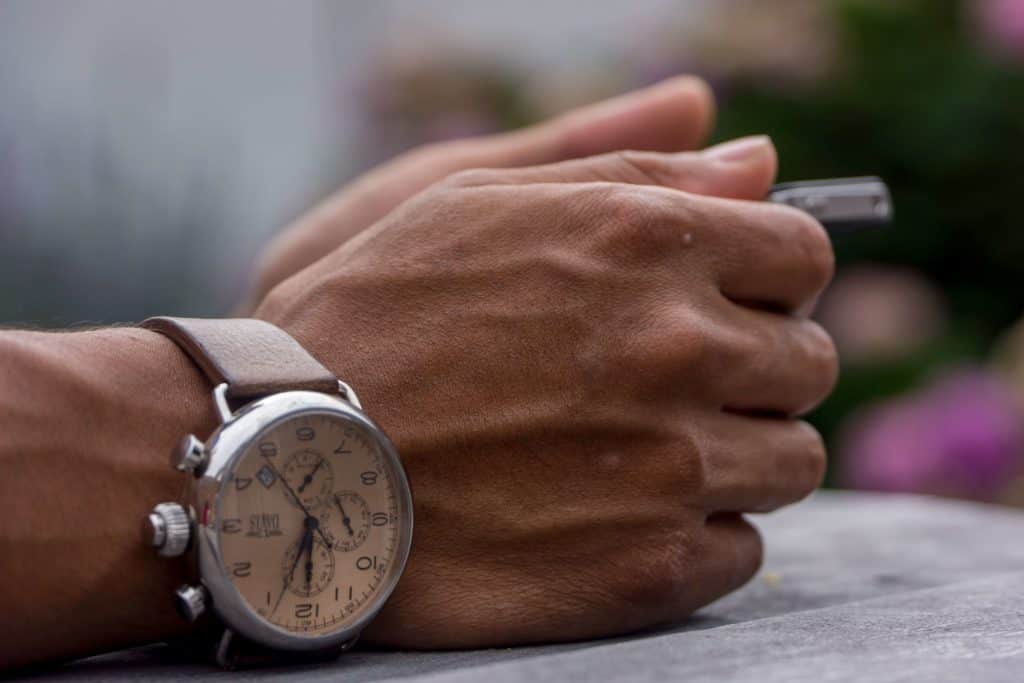
The world of fashion is often characterized by explosive trends that fizzle out almost as quickly as they arrive. Watch collecting is no exception to this.
The trouble is, buying a hype beast t-shirt isn’t the same as plopping down a five-figure sum for a coveted timepiece. Buying into the hype as a watch collector can easily burn your capital and leave you with an extra-painful serving of buyer’s remorse.
When everyone is touting titanium fittings, carbon-fiber dials, and rubber straps as the next big thing, it’s difficult not to get caught up in the moment. But if you know who’s who in the watchmaking industry, you’ll surely figure out where the stable anchors that guarantee steady returns on investment are.
Consider these facts: Seiko is often unanimously voted as the ideal brand for a great starter watch collection[2], Patek Philippe is widely recognized as the top watch brand in the world[3], and Rolex is favored for its characteristic durability and resale value[4].
There’s always a new watchmaker on the block, but some watchmakers have a legacy you can count on.
-
A watch’s value may fluctuate considerably due to certain factors
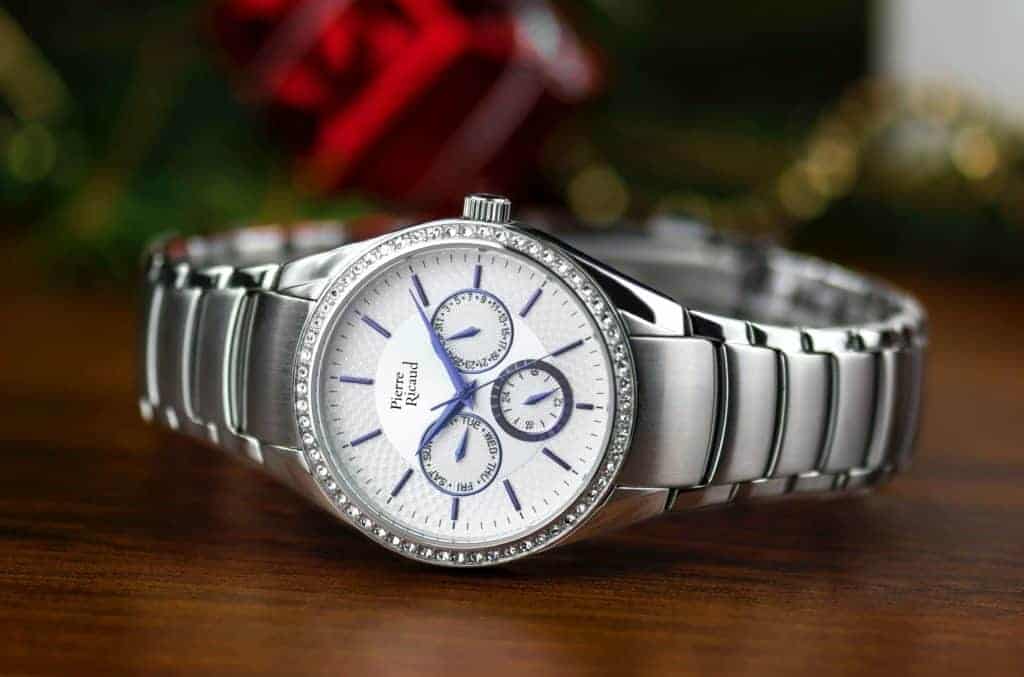
A more straightforward reason why you shouldn’t simply invest in any impressive timepiece based on its dollar value is because there are a lot of factors that can significantly influence a watch’s value.
As mentioned earlier, hype can temporarily inflate the value of some watches and rapidly deflate them after the bubble bursts. Components or repair services for some watches may also have been phased out by watchmakers, and that can seriously impact your watch’s value.
Ultimately, the value of a watch is determined by its condition and make. Make here refers to how a watch is made and finished. If a watch had been previously serviced and had some parts exchanged for modern fittings, that may also negatively impact its value.
-
Not all watches have the same benchmark of value
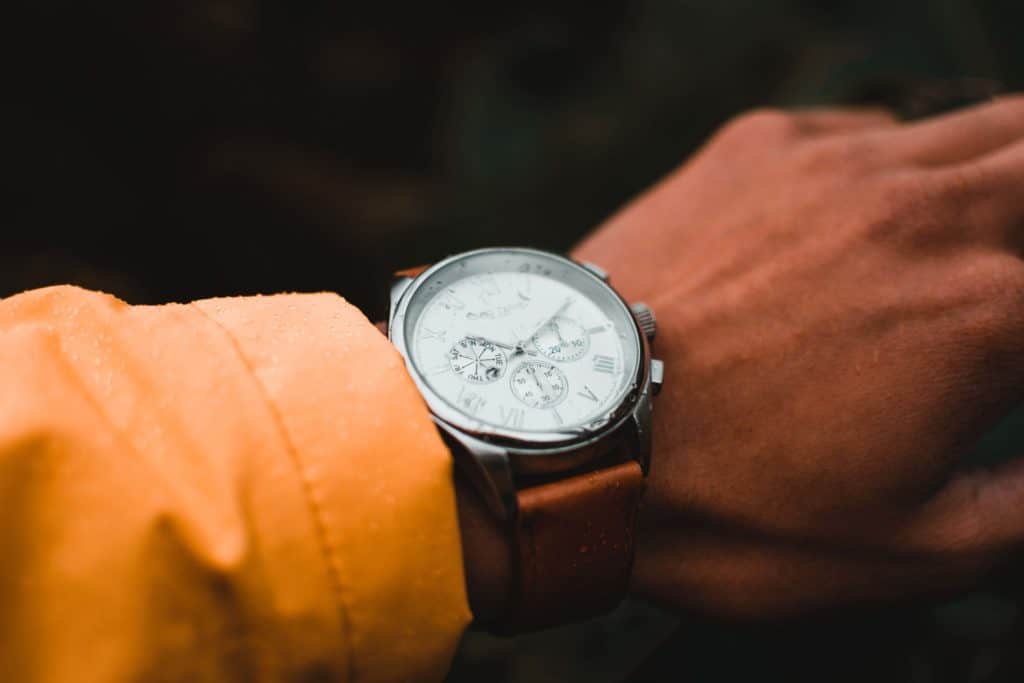
Imagine you were given a choice between a vintage Omega Seamaster and a modern TAG Heuer. Would you buy either watch if one costs more than the other?
While it’s not exactly an apples-to-oranges comparison, vintage watches are appreciated for factors that differ from modern watches.
To vintage watch collectors, these legacy timepieces represent the time-tested character, limited production numbers, and a rich story to tell.
For collectors who prize modern watches, value is to be found less in history, but in technological features, sophisticated time display, and cutting-edge material application.
That’s when knowing who’s who in the watchmaking industry comes in. Some watchmakers specialize exclusively in vintage timepieces. Others favor modern watches. A few may straddle in between, offering both types or even hybrid versions.
By knowing who specializes in what kind of watches, you can better curate your watch collection.
-
You need to know who’s who to seize upcoming opportunities
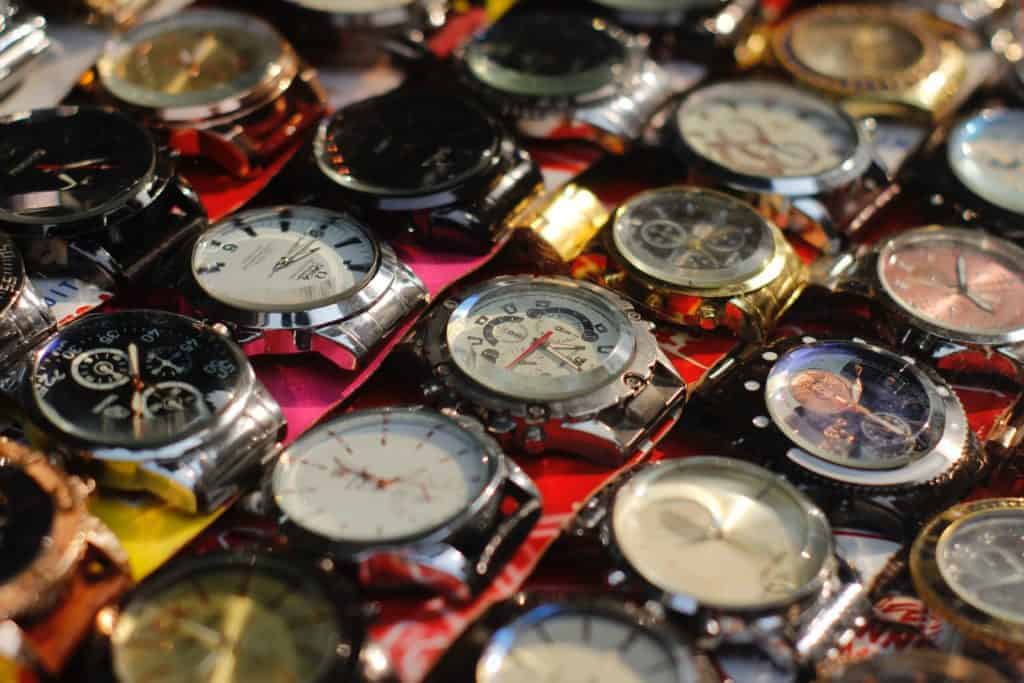
Whether it’s stocks, property, or watches, any investor worth his or her salt knows never to miss a good opportunity.
With watches, keeping track of great investment opportunities can be a lot harder because there aren’t many centralized sources of industry information you can easily tap on. While financial investors have the stock market and company periodicals, watch collectors seem to only have the word of mouth to depend on.
It may be difficult to keep track of new watch launches, but tracking the resale market for watches is actually easy.
By referencing catalogs from major auction houses like Christie’s and Sotheby’s, you have a shortcut to monitoring which watches have a high resale value, and which brands tend to outperform.
Remember that watch collecting is both an art and science
At the end of the day, the best way to start a watch collection is to appreciate the history and inner workings of watchmaking first.
Behind that price tag is intricate engineering, cultural heritage, historical processes and time-tested tradition all rolled into one. Understanding what makes the value of watches tick is more important than simply going for the most expensive timepieces on the market.
New to watch collecting and looking for a deep-dive into the watchmaking industry? Take lessons at the Fondation Haute Horlogerie’s Academy [5], or take a look at CHRONEXT’s quick guide on watch collection to get a rough start [6]
References
[1] https://www.christies.com/lotfinder/Lot/skyfall-5601807-details.aspx
[2] https://www.businessinsider.com/guide-to-starting-a-watch-collection-2014-3
[3] https://www.thewatchcompany.com/blog/why-patek-philippe-watches-so-expensive/
[4] https://www.rolex.com/about-rolex-watches/tested-to-extremes.html
[5] https://fhhacademy.hautehorlogerie.org/
[6] https://www.chronext.com/journal/buyers-guide/part-1-how-to-start-your-watch-collection



